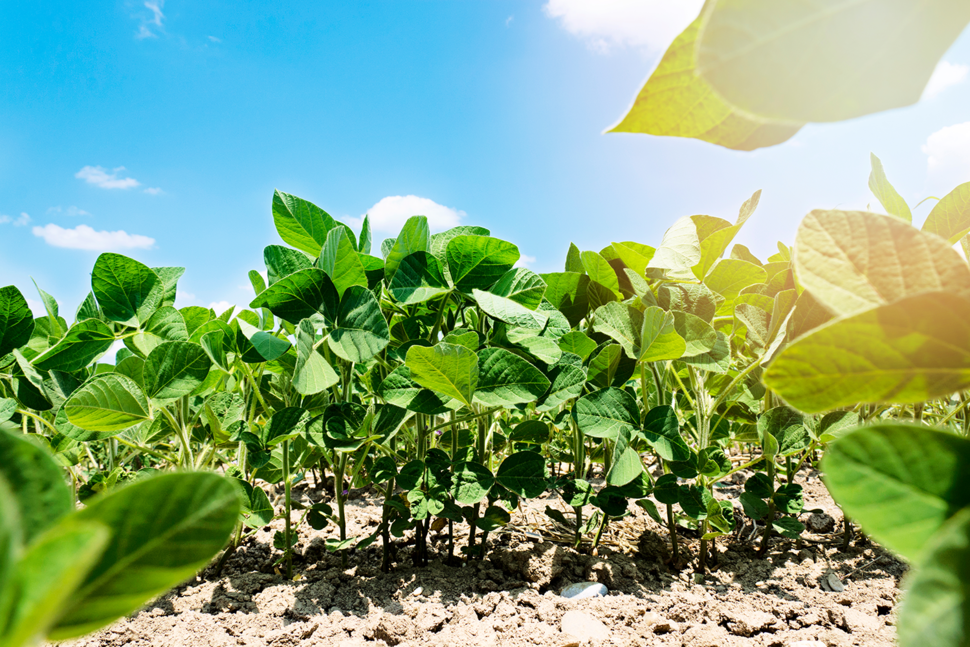What is Photoperiodism?
23 Jun 2020

Plants that produce a flower or bloom are classified as being either short-day, long-day or day-neutral. This is called photoperiodism.
These terms stem from the initial belief that plants flowered based on the amount of daylight they received. It was later discovered that it's actually the amount of uninterrupted darkness that causes the change.
Short-day plants like soybeans and poinsettias flower when the day length is less than 12 hours, or most importantly when they receive 12 hours or more of uninterrupted darkness. Many spring and fall flowering plants are short-day.
Long day plants like spinach and lettuce flower when the day length is greater than 14 hours, or when they receive 10 hours or less of uninterrupted darkness. These would be summer flowering plants.
A last, but not least, day-neutral plants like cucumbers and tomatoes flower regardless of the day length.




